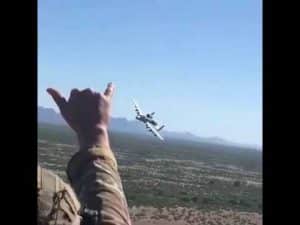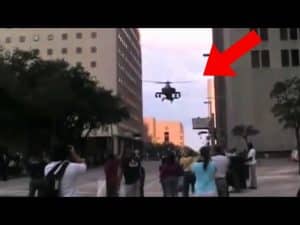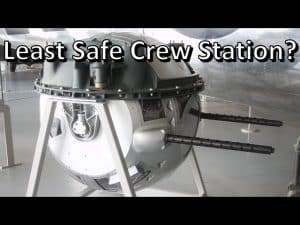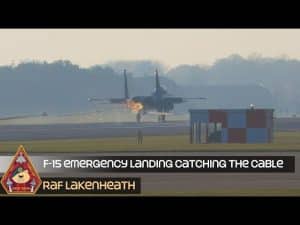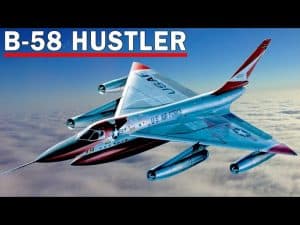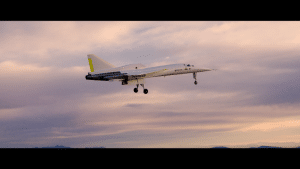10 Problems P-47 Thunderbolt Pilots Faced During WWII
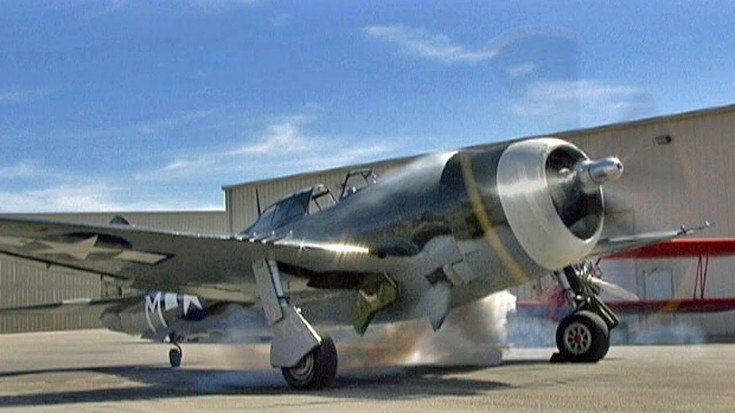
Youtube / Octane130
The P-47 Thunderbolt, a heavy fighter and ground-attack aircraft used by the United States during WWII, was known for its ruggedness and firepower. Despite its strengths, pilots faced several problems while flying the P-47, including issues with maneuverability, visibility, and maintenance. These problems, while not fatal to the aircraft’s success, were significant enough to cause concern among pilots and ground crew.
- Heavy weight and large size made it less maneuverable in dogfight situations compared to other fighters of the time.
- Poor visibility behind the aircraft made it vulnerable to surprise attacks from behind.
- The P-47’s radial engine was prone to overheating, which could cause damage and reduce power output.
- Pressurized cockpit was complex to operate and required specialized training, which could cause problems for pilots who were not familiar with the system.
- Electrical systems were prone to problems, which could cause difficulties during flight.
- Armament and armor made it relatively slow compared to other fighters of the time, which could put pilots at a disadvantage in air-to-air combat.
- Cockpit was cramped and the instruments were poorly placed, making it uncomfortable for pilots on long flights.
- Wing design limited the types of ordnance it could carry.
- The P-47 was difficult to maintain in the field and required specialized tools and equipment.
- Pilots also complained about the P-47’s poor performance at high altitudes, which was one of the reasons it was redesigned as a ground-attack aircraft.












